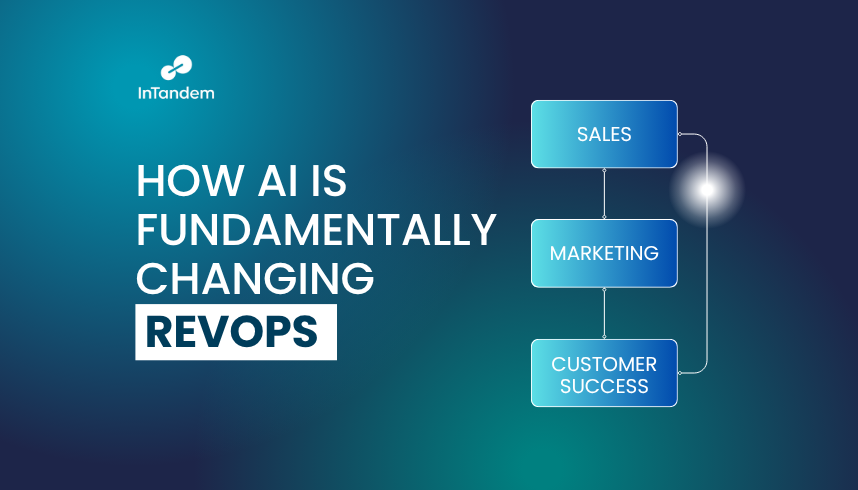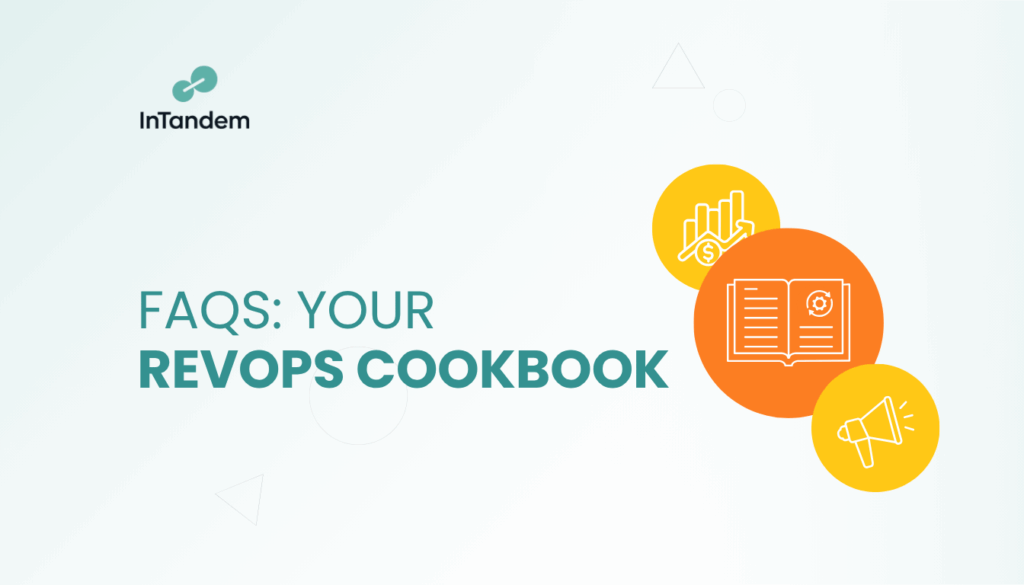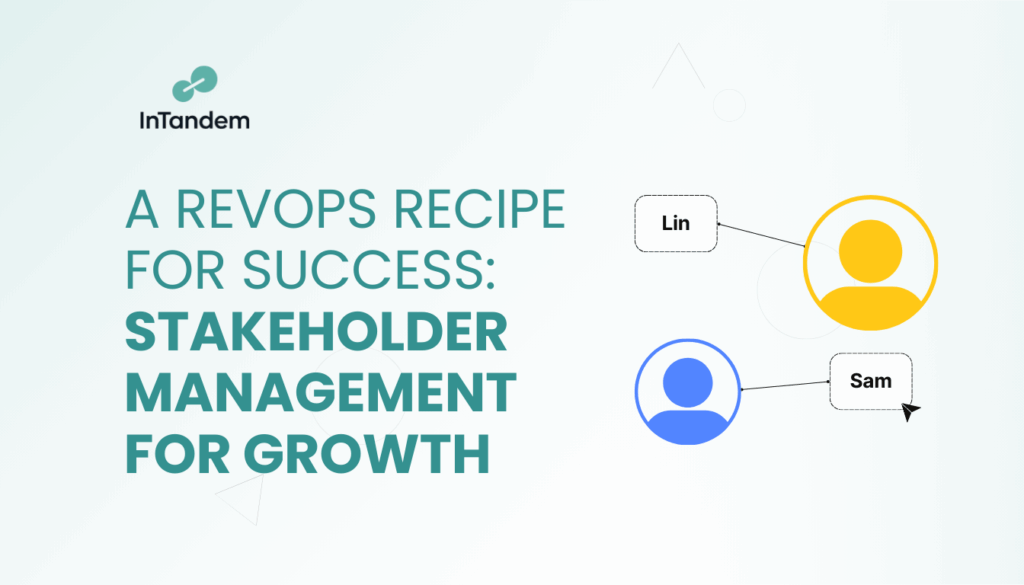How AI Is Changing the Way We Design RevOps Processes
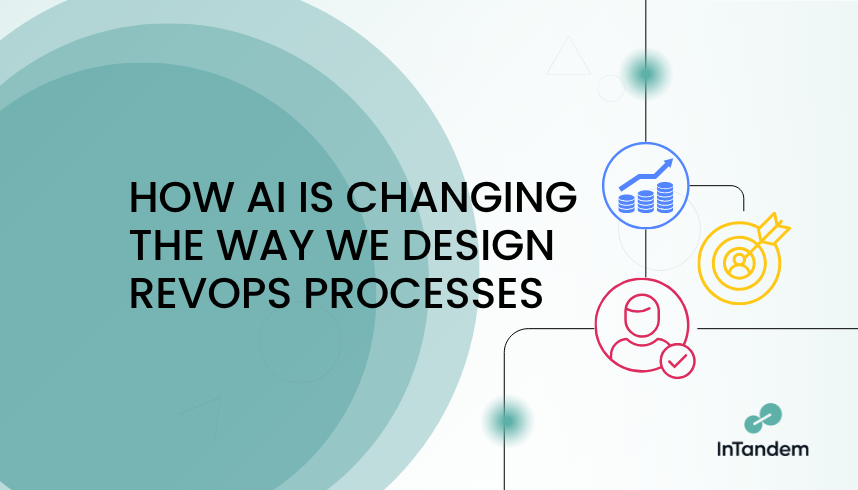
Article Highlights
When people think of Revenue Operations (RevOps), they usually picture dashboards,
CRMs, or sales automation. But if you ask most GTM leaders where things break down,
they’ll often point to something more basic: handoffs, unclear responsibilities, or “who
owns what” confusion. In other words, process.
Strong process design is one of the most overlooked levers in RevOps. It’s what turns a
smart go-to-market (GTM) strategy into repeatable action across marketing, sales, and
customer success. Without it, even the best tools or strategies fall flat.
And now, thanks to artificial intelligence (AI), designing and automating those processes
is faster, smarter, and more scalable.
Why RevOps Process Design Matters More Than Ever
As companies grow, processes that worked for a small sales team break down. Leads
get lost. Teams duplicate work. Customers feel the gaps.
Well-designed RevOps processes keep GTM functions aligned. They clarify ownership,
reduce manual work, support clean data, and make reporting easier. Better yet, they
create a smoother customer experience and improve conversion rates.
This is process design for scale.
What “Good” GTM Process Design Looks Like in Revenue Operations
Effective RevOps process design includes:
- Alignment to GTM goals (not just what’s easy in the CRM)
- Clear handoffs and ownership across teams
- Centralized documentation that’s accessible to everyone
- Measurable outcomes with defined KPIs
Examples of optimized RevOps processes:
- Automated lead routing that prioritizes speed-to-lead
- A documented sales-to-customer success handoff
- Quote-to-cash workflows with clearly defined service level agreements (SLAs)
These are not just “nice to haves.” They are the systems that enable revenue scale.
How to Design or Redesign GTM Processes in RevOps
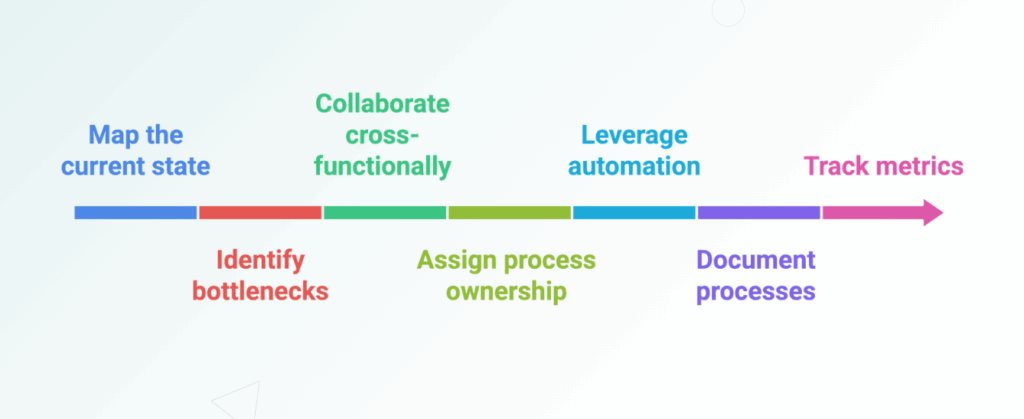
Here’s a step-by-step process mapping framework for RevOps leaders:
- Map the current state. What happens today? Use tools like Lucidchart or Miro
for process visualization. - Identify bottlenecks. Where do deals stall, data go missing, or tasks get
delayed? - Collaborate cross-functionally. Engage stakeholders from Sales, Marketing,
CS, and Ops. - Assign process ownership. Ensure accountability at every stage.
- Leverage automation. Identify manual steps that can be automated.
- Document processes. Use tools like Notion, Confluence, or Scribe for
searchable SOPs. - Track metrics. Measure process efficiency and iterate based on real-world data.
This framework brings structure to the chaos and aligns your team around a consistent,
scalable revenue engine.
How AI Is Transforming RevOps Process Automation
AI is enabling faster, more flexible, and more scalable process design in RevOps.
Here’s how:
- AI-Powered Process Mapping. Lucidchart AI turns plain text into visual workflows instantly.
- Instant SOP Documentation. Tools like Scribe automatically generate process guides based on user clicks.
- AI-Driven Lead Routing and Handoff. Zapier + OpenAI integrations read form data and auto-assign leads based on real-time inputs.
- Process Performance Insights. Platforms like Gong and Clari identify workflow gaps like stalled deals or delayed follow-ups.
These tools help RevOps professionals automate routine GTM processes and surface
opportunities for improvement—without relying on engineering.
Start Small with RevOps Process Optimization
You don’t need a full-scale transformation to make progress.
Start by picking one broken or manual process in your GTM motion. Map it. Simplify it. Automate one step using an AI-enhanced tool. Measure what improves.
Then move on to the next.
Process design isn’t just backend documentation; it’s how you drive operational scale,
cross-functional alignment, and smarter revenue growth.
How AI Is Changing the Way We Design RevOps Processes
Revenue Operations Manager RevOps Stakeholder Management
A RevOps Recipe for Success: Stakeholder Management for Growth
Wed Nov 13, 2024





